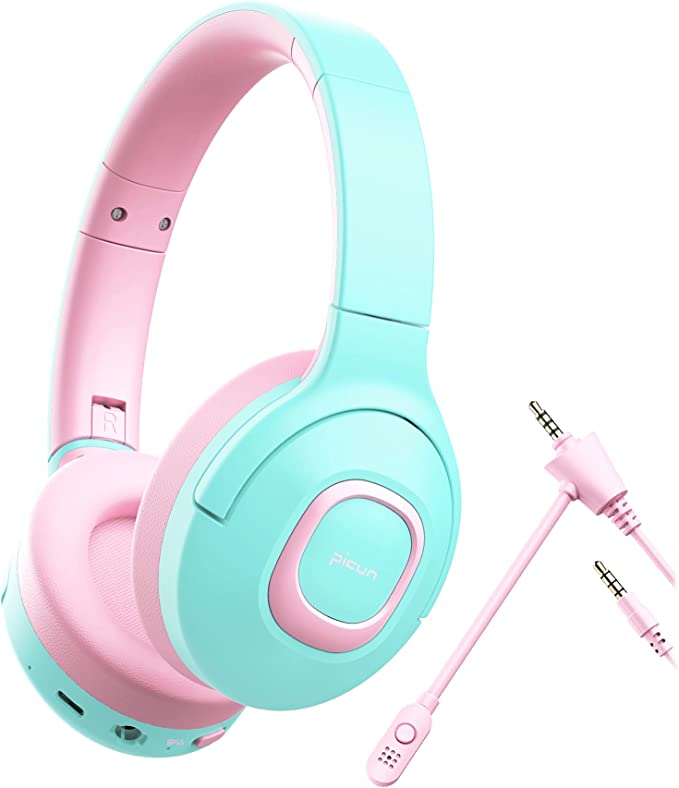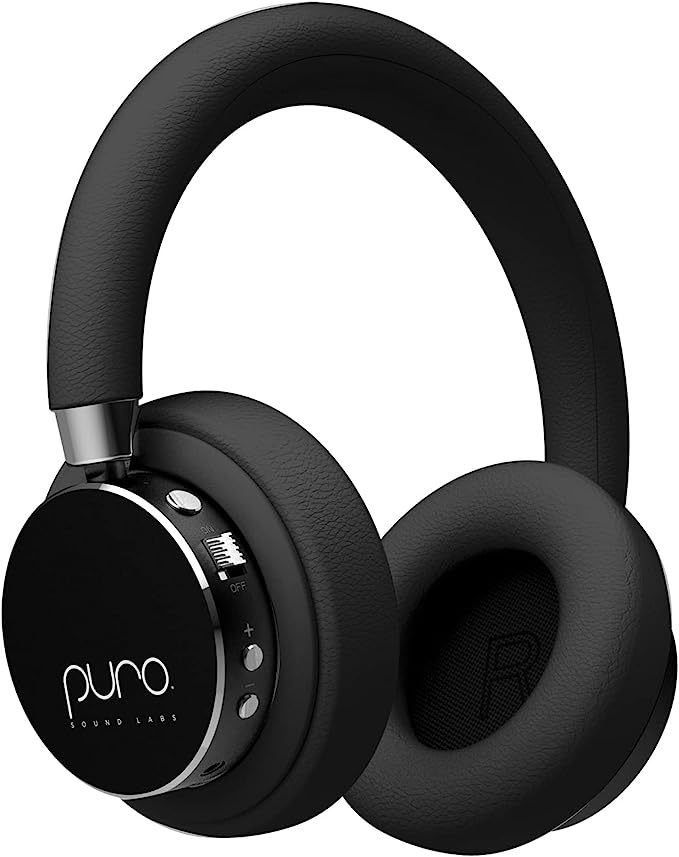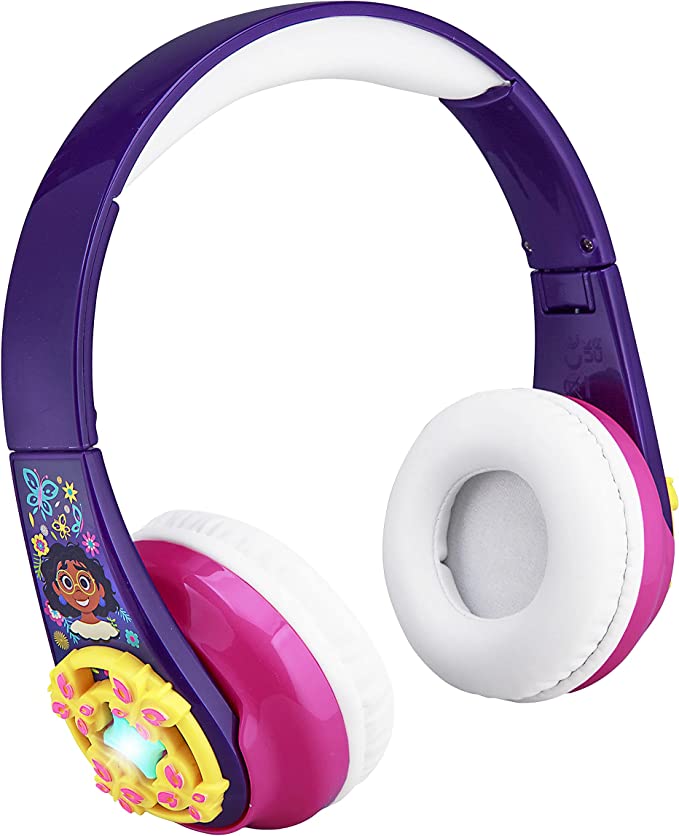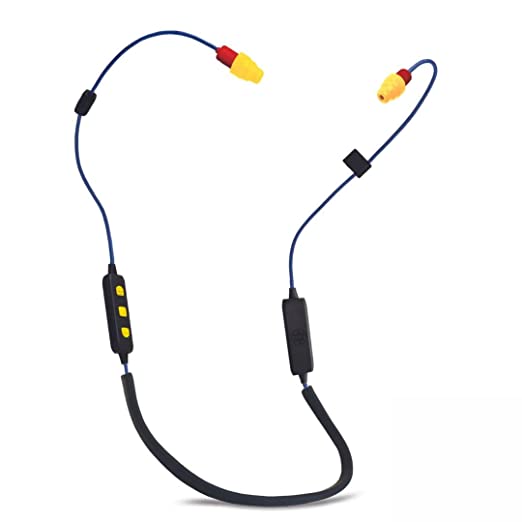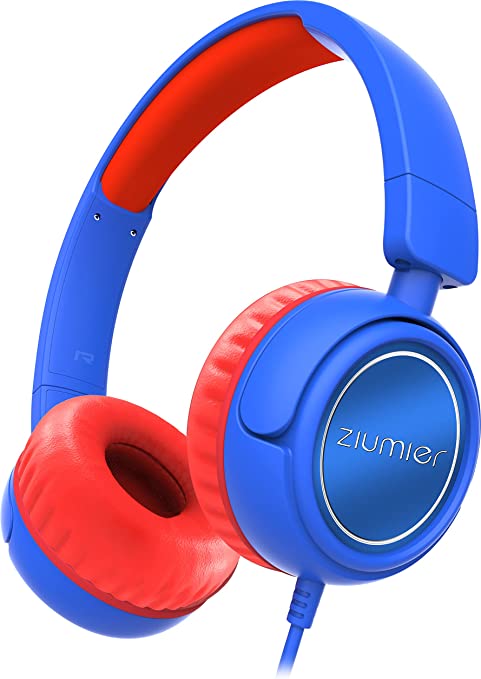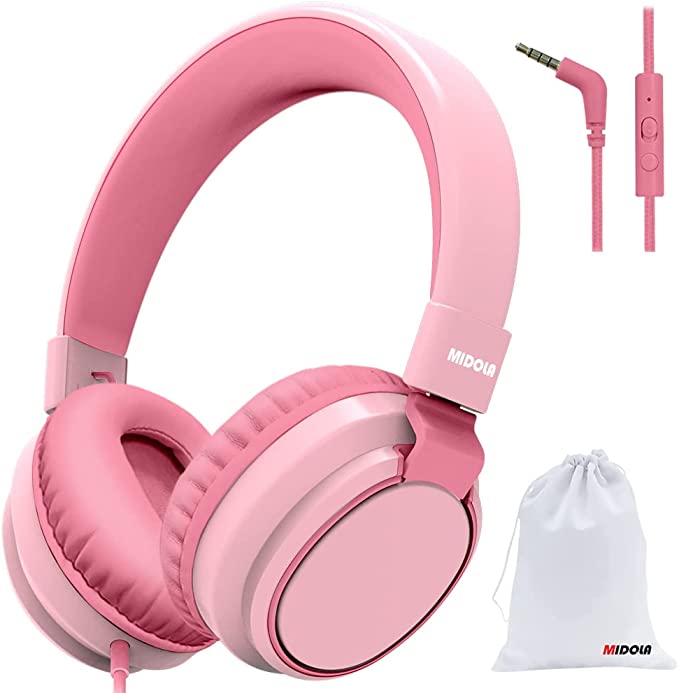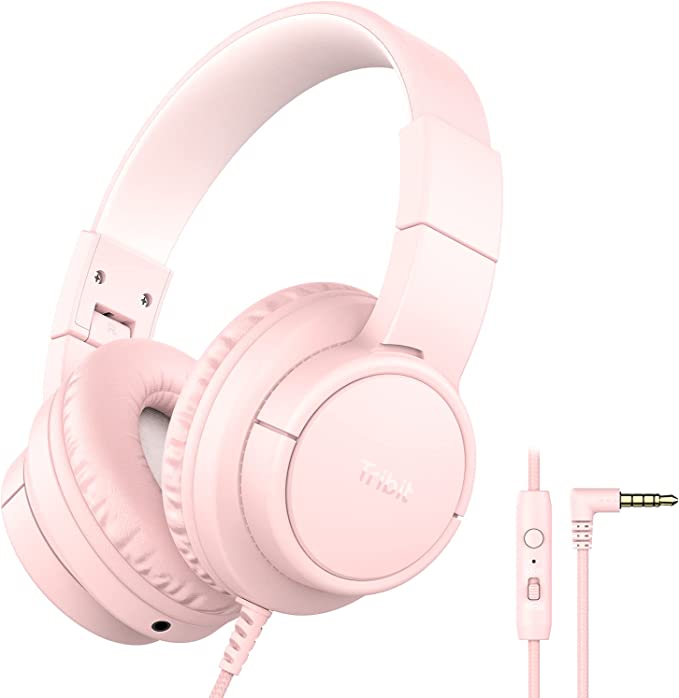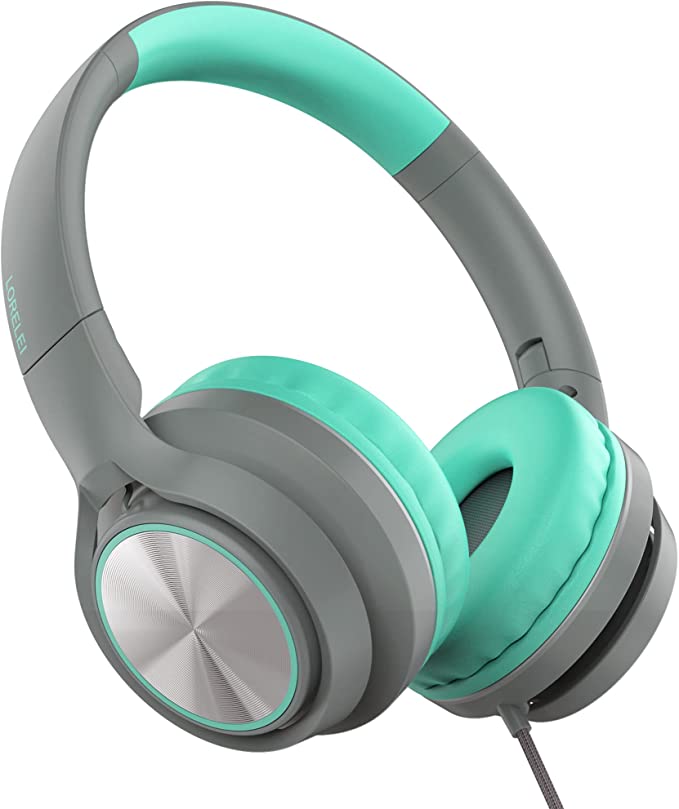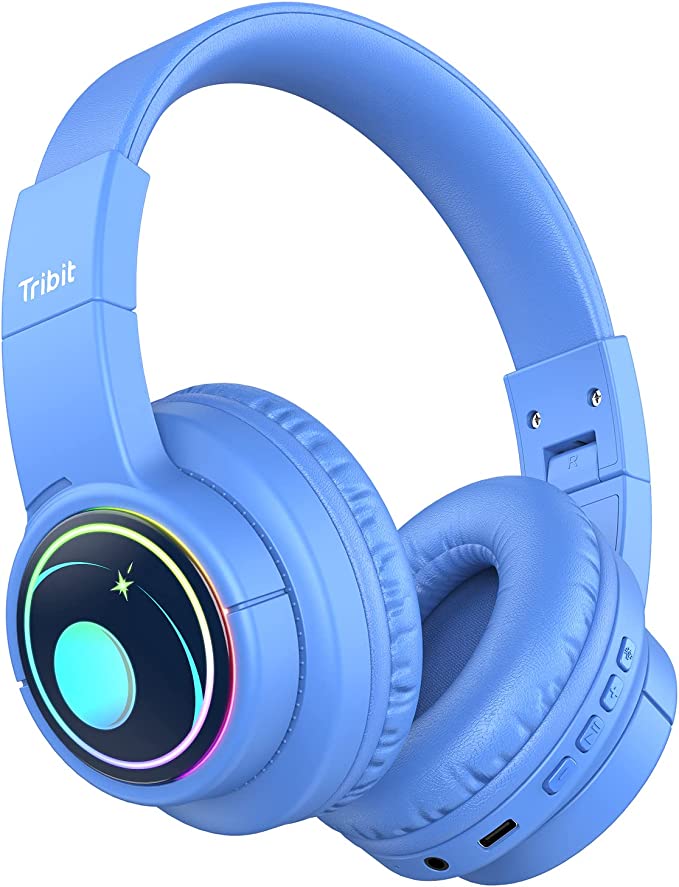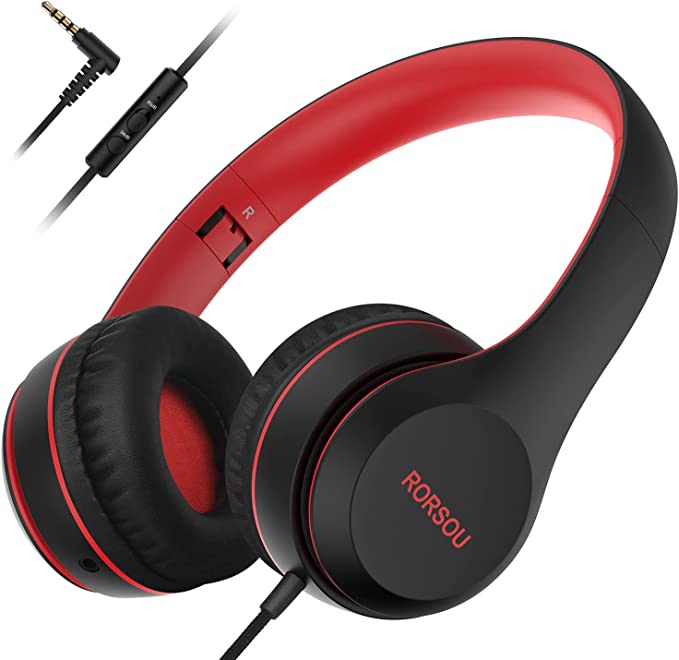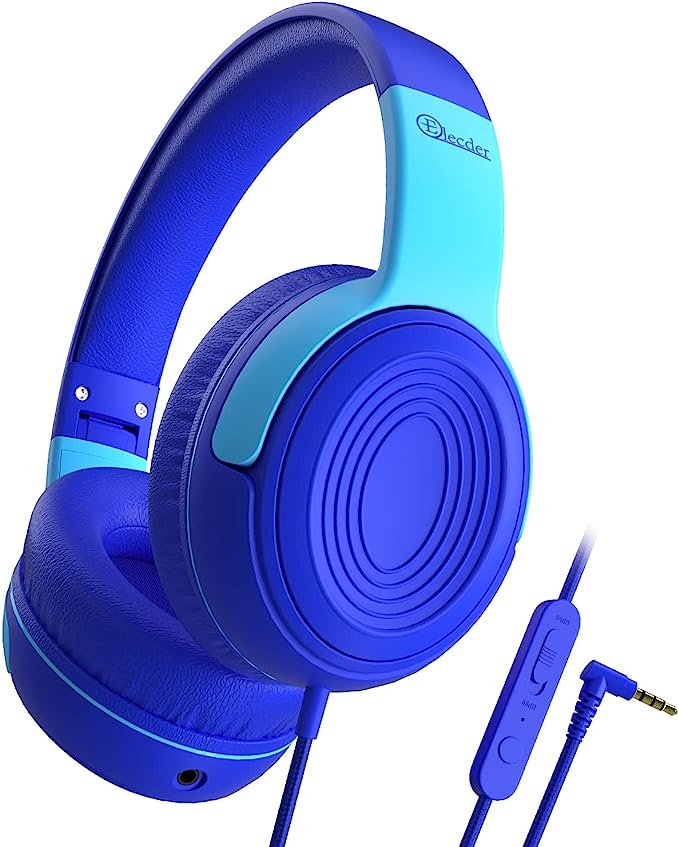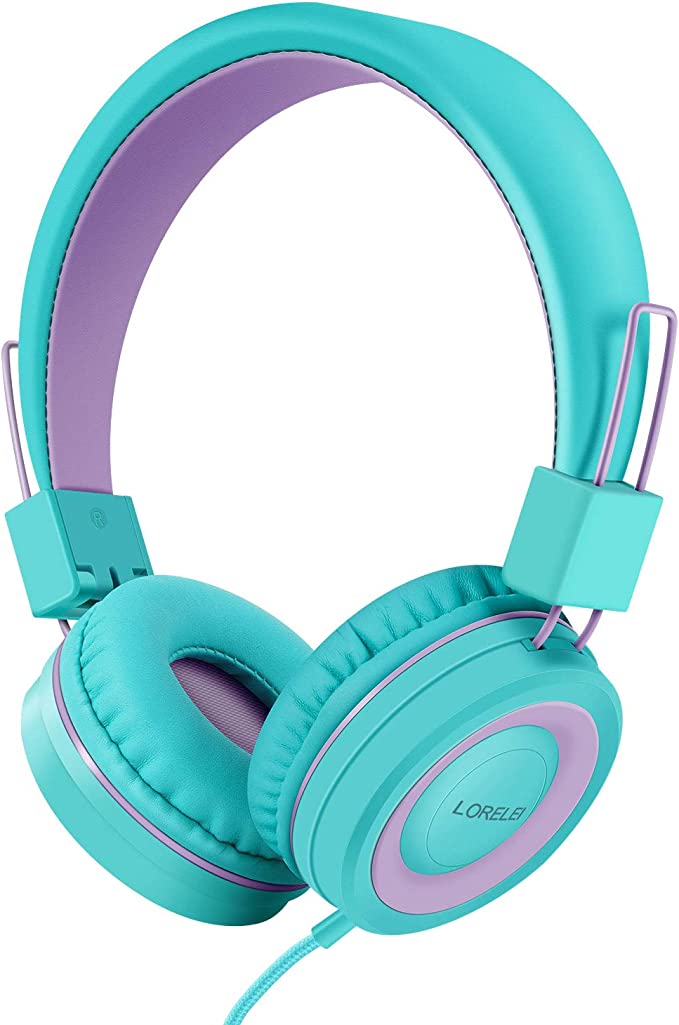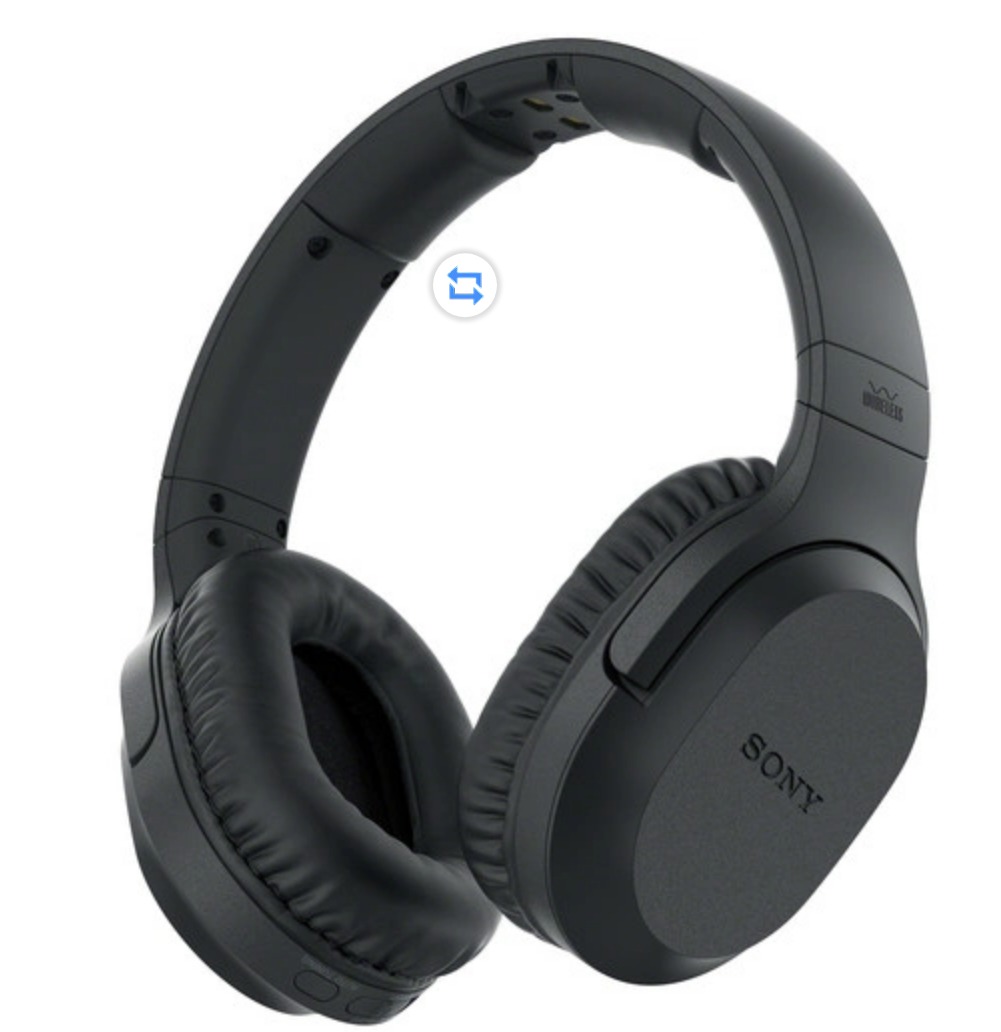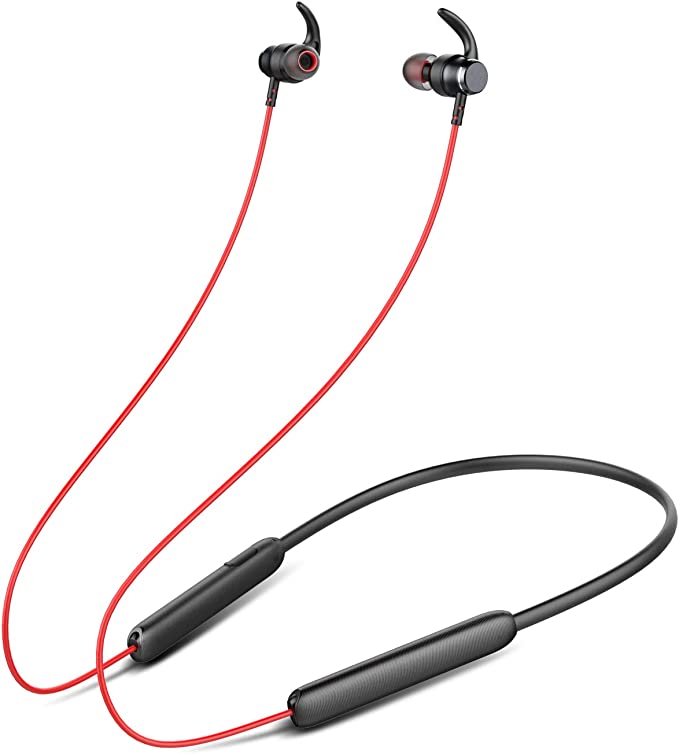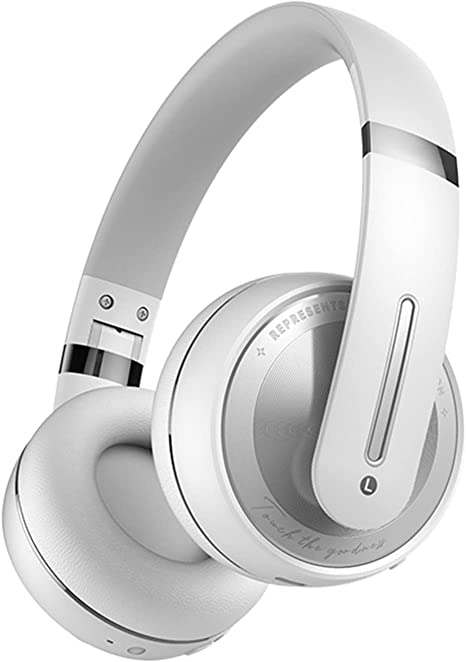Riwbox FB-7S Frog Kids Headphones: Fun, Safe Listening for Little Ears
Update on Feb. 19, 2025, 8:18 a.m.
Imagine this: your child is happily singing along to their favorite song, headphones on, completely lost in their world. You notice the volume creeping up… and up… and up. A familiar wave of parental worry washes over you. Are they damaging their hearing?
This is a scenario many of us face. And it’s a valid concern. Noise-induced hearing loss (NIHL) in children is a growing problem, a silent epidemic that can have lifelong consequences. It’s not just about rock concerts or loud toys; everyday exposure to sounds at unsafe volumes, especially through headphones, can cause irreversible damage.

Sound Science 101: How We Hear (and How We Can Lose It)
To understand how to protect our children’s hearing, we first need to understand how hearing works. It’s a fascinating, and surprisingly delicate, process.
Sound travels in waves, like ripples in a pond. These waves enter the outer ear and travel down the ear canal, causing the eardrum to vibrate. These vibrations are then amplified by three tiny bones in the middle ear – the smallest bones in the human body! Finally, these amplified vibrations reach the inner ear, specifically a snail-shaped structure called the cochlea.
Inside the cochlea are thousands of tiny hair cells, called stereocilia. Imagine them as a field of delicate wheat, swaying gently in the breeze. When sound vibrations reach the cochlea, they cause these hair cells to move. This movement is converted into electrical signals that are sent to the brain via the auditory nerve, and voilà – we hear!
But just like that field of wheat can be trampled by a heavy foot, these delicate hair cells can be damaged by excessively loud sounds. And unlike a wheat field, these hair cells don’t grow back. Once they’re damaged, the damage is permanent.
The loudness of sound is measured in decibels (dB). Here’s the crucial thing to understand: the decibel scale is logarithmic, not linear. This means that a 10dB increase represents a tenfold increase in sound intensity. So, a sound at 80dB is ten times louder than a sound at 70dB, and a sound at 90dB is one hundred times louder than a sound at 70dB!
To put this in perspective:
- Whisper: \~30 dB
- Normal Conversation: \~60 dB
- City Traffic: \~85 dB
- Lawnmower: \~90 dB
- Rock Concert: \~110-120 dB (and can cause damage very quickly!)
- Headphones at maximum volume: Can exceed 100 dB.

Kids’ Ears: Extra Vulnerable
Children’s ears are more susceptible to noise-induced hearing loss for a couple of key reasons. First, their ear canals are shorter than adults’. This means that sound waves reach the delicate inner ear structures with greater intensity. Second, their auditory systems are still developing, making them more vulnerable to damage. It’s like the difference between a young sapling and a mature tree – the sapling is much more easily harmed.
Safe Listening: The 85dB Rule and the Experts
The World Health Organization (WHO) and other leading audiology organizations recommend that children limit their exposure to sounds above 85dB. Prolonged or repeated exposure to sounds at or above this level can lead to permanent hearing loss. This isn’t to say that sounds above 85dB are immediately dangerous, but the risk of damage increases significantly with both loudness and duration of exposure.

A Helpful Tool: Introducing the Riwbox FB-7S Kids Headphones
So, how can we help our kids enjoy their audio while protecting their precious hearing? This is where volume-limiting headphones, like the Riwbox FB-7S, come in. These aren’t a magic bullet, but they are a valuable tool in your hearing protection arsenal.
The Riwbox FB-7S headphones are specifically designed for children, with a fun, frog-themed design that kids will love. But the most important feature is the built-in volume limiter.

Volume Limiting: How it Works (Simply)
The FB-7S features a built-in switch to limit volume, with options for 75dB, 85dB and 95dB, so you can choose the best level based on needs.
Think of it like a speed limiter on a car. You can set the maximum speed, and even if your child floors the accelerator (or, in this case, turns the volume dial all the way up), the car (or headphones) won’t go any faster. The volume limiter, typically using resistors in the audio circuit, restricts the electrical signal that reaches the headphone speakers, preventing them from producing dangerously loud sounds.
Beyond the Volume: Other Smart Features
While volume limiting is the star of the show, the Riwbox FB-7S offers other features that make them a smart choice for kids:
- Comfort: The earcups are made of soft, protein leather – a synthetic material designed to be gentle on sensitive skin. This ensures that kids can wear the headphones comfortably for extended periods, whether they’re listening to music, watching a movie, or participating in online classes.
- Wireless Freedom (and a Wired Backup): The Bluetooth connectivity allows kids to move around freely without getting tangled in wires. But if the battery runs low, or if they’re using a device without Bluetooth, the included 3.5mm audio cable provides a reliable wired connection. This means the listening fun doesn’t have to stop!
- Fun Design: The bright colors and playful frog design, complete with those blinking LED “eyes” (which, by the way, can be turned off if they’re distracting), make these headphones appealing to kids. This encourages them to want to wear them, making your job as a parent a little easier.
- Built-in Microphone: This is handy for online classes, video calls, or even just chatting with friends while gaming.
- TF Card Support: A built in TF card slot means your child can have their favorite tunes or stories loaded directly.

Creating a Sound-Safe World
Choosing volume-limiting headphones is a great first step, but protecting your child’s hearing is about more than just headphones. Here are a few other things you can do:
- Limit Exposure: Be mindful of noisy environments. If you’re at a concert or sporting event, consider using earplugs for your child (and yourself!).
- Regular Hearing Checks: Schedule regular hearing checks with an audiologist, especially if you have any concerns.
- Educate Your Child: Talk to your child about the importance of safe listening habits. Explain how loud sounds can damage their hearing and encourage them to take breaks from listening.
- Lead by Example: Model good listening habits yourself. Don’t blast your own music or TV too loudly.
Empowering Parents (and Kids!)
Protecting our children’s hearing is an investment in their future. By understanding the science of sound and taking proactive steps to limit noise exposure, we can help them enjoy a lifetime of healthy hearing. Tools like the Riwbox FB-7S headphones can make this easier, providing a fun and safe way for kids to experience the world of sound. Remember, it’s about creating a balance – allowing kids to enjoy their audio while safeguarding their precious hearing.



